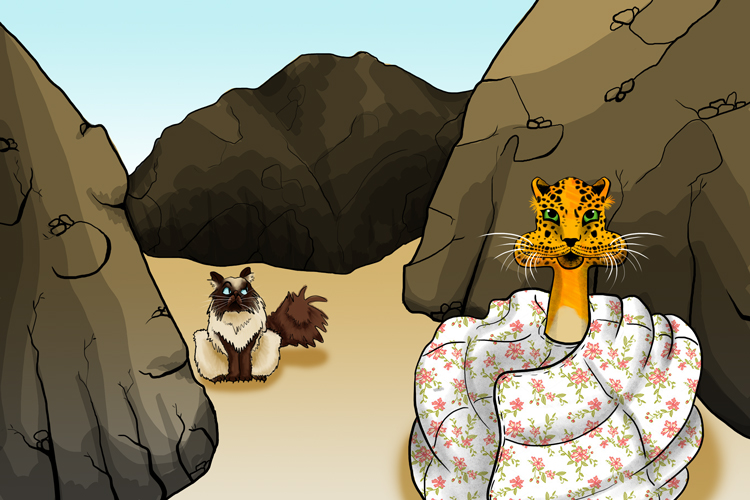Dactylic monometer
A dactylic foot (known as a dactyl) has a long syllable followed by two short syllables (LSS or /UU)
Monometer is one foot per line.
Dactylic monometer is far from being a favourite form with poets – we couldn’t find any examples! However, if this form exists, it would be something like this:
Example 1

Following
Tinkerbell
over the
mountainside
we met a-
nother cat
wrapped in an
eiderdown.
A closer look at the feet in these lines
U = short syllable; / = long syllable; | = division between feet

If your ear for poetic rhythm is beginning to develop, you should notice that an entire verse in dactylic monometer is rather tedious – which is why poets don’t us it. However, combined with other rhythms, it can work well. For instance:
Example 2

Following
Tinkerbell
over the hill
we met a-
nother cat
waiting to kill
In lines three and six, we have broken the repetitive pattern by throwing in a single stressed word at the end. Can you hear the difference it makes in your mind’s ear? This is how poets often work, varying the foot to produce work that sounds pleasing to the ear.
A closer look at the feet in these lines
U = short syllable; / = long syllable; | = division between feet





